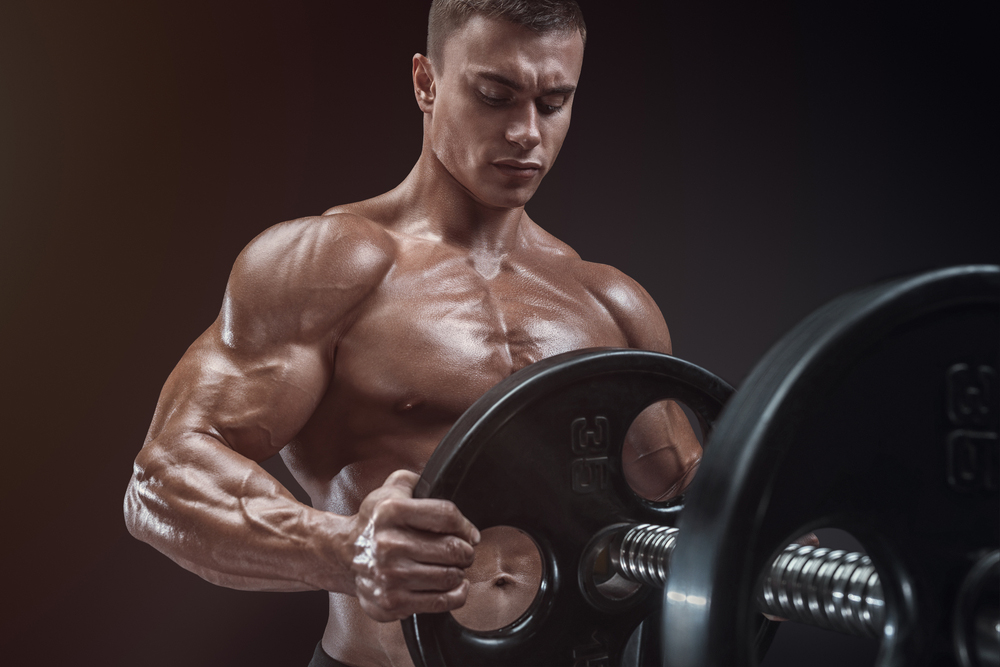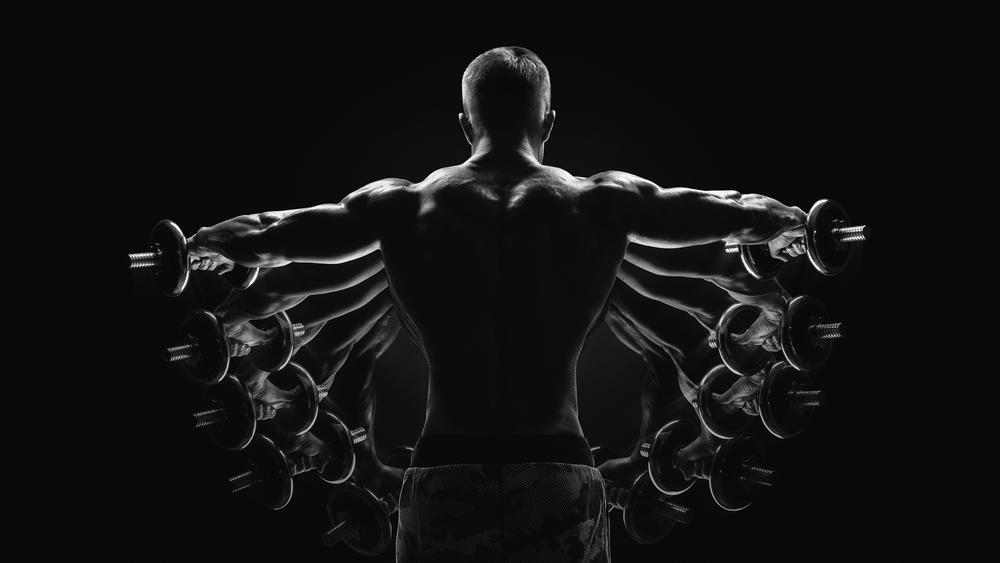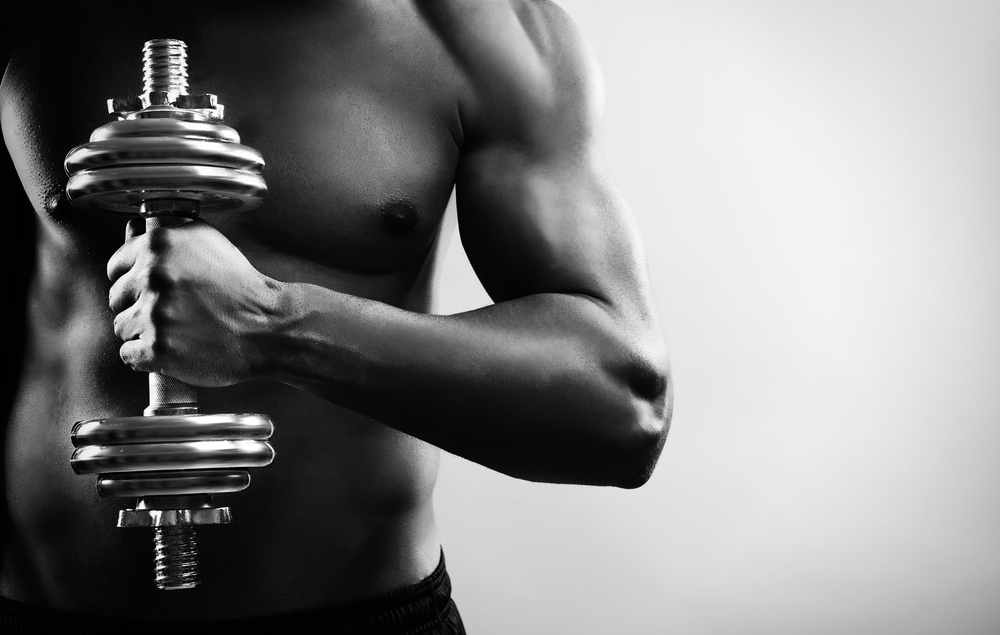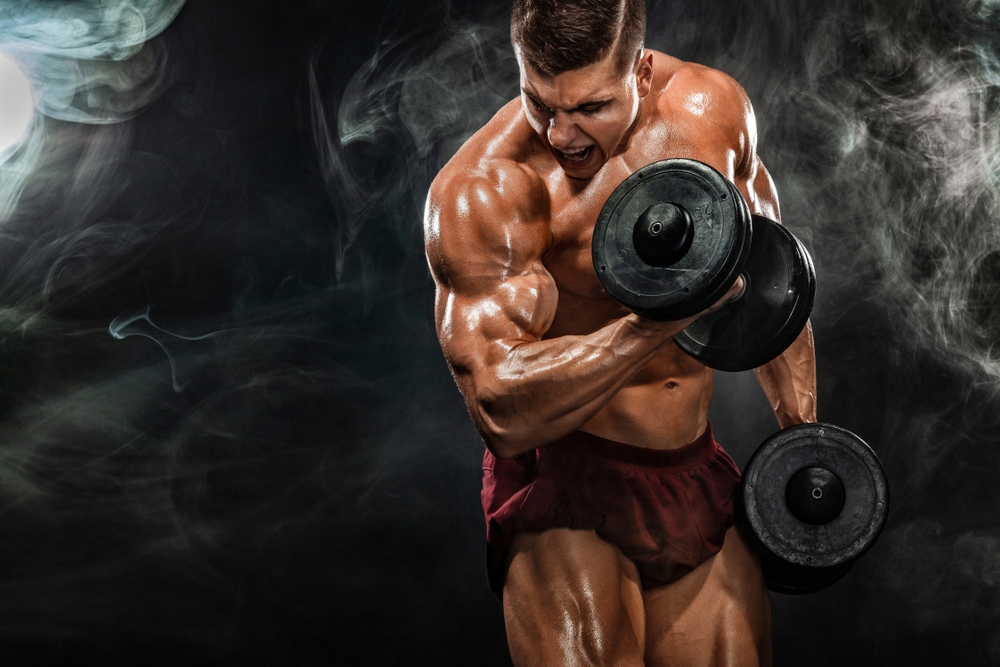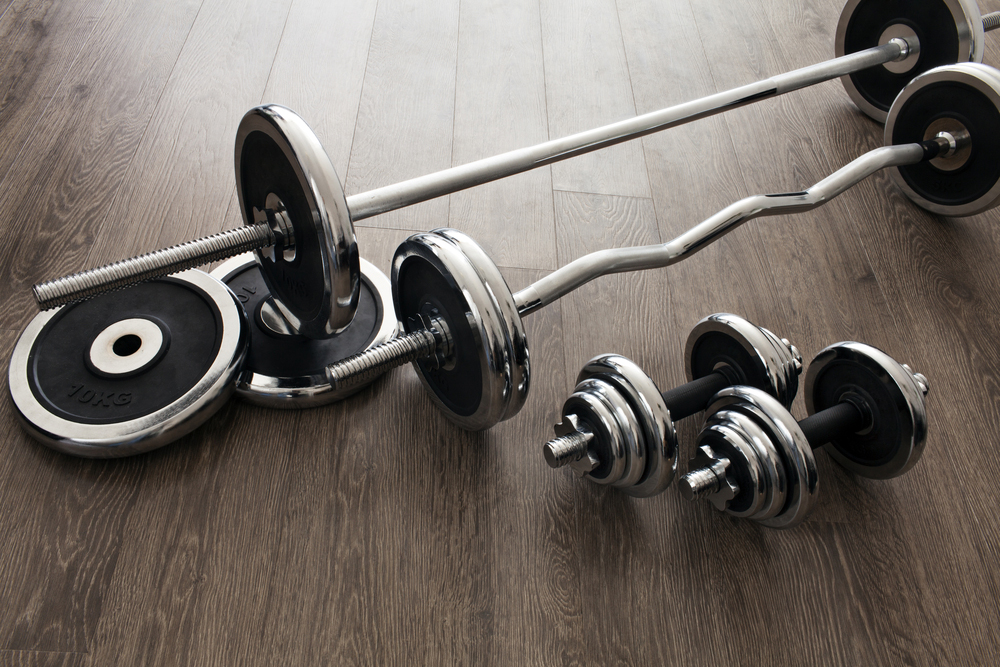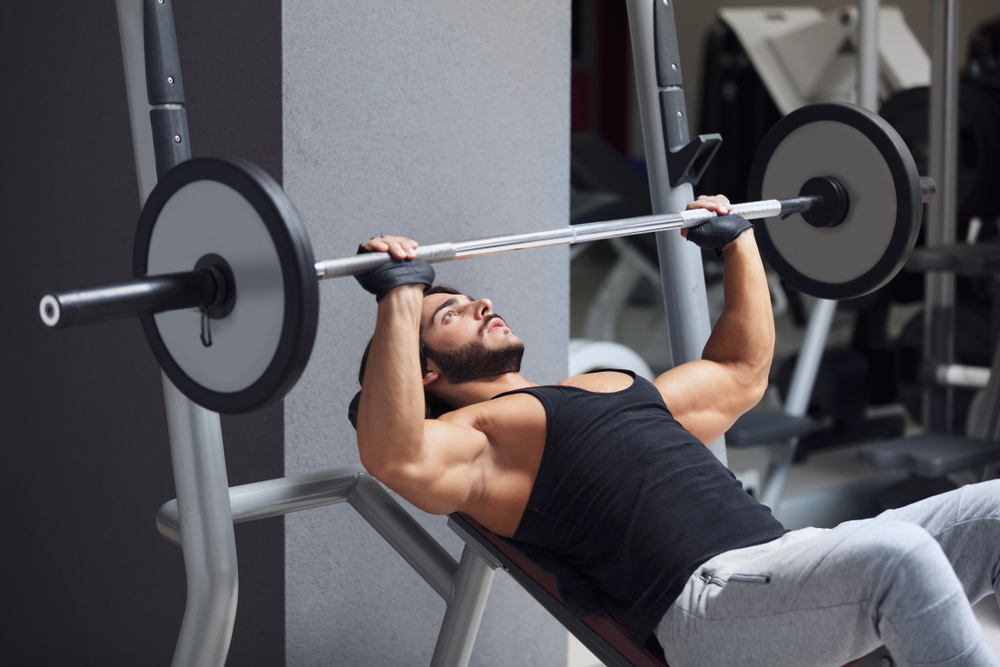Adapting loads to physical exercise. This is a problem that sportsmen and women of all kinds often face. If in gyms, the idea that doing exercises with heavy weights to obtain more muscle mass is widespread, this does not mean that you should rush headlong into heavy weight movements.
You don't necessarily get it because, quite simply, some movements, biomechanically speaking, lend themselves to it and are made for it, while others do not.
It is therefore wise to moderate the load on the different joint activities. Knowing how to adapt your loads is one of the basics of training in strength training.
The heavy and the too heavy
There is a difference between heavy and too heavy. Unfortunately, most sportsmen and women focus directly on the heavy side in order to build muscle mass more quickly. However, each individual has a different body and the right amount of weight to use.
Heavy is the maximum load that an individual is able to move cleanly, with constant control, over a set number of movement repetitions and with biomechanical respect for the movement.
Too heavy is a load that is uncontrollable, unmanageable both in terms of space (angle, amplitude) and speed. The athlete is often forced to cheat to move it. This can lead to injuries.
Trauma
There are two types of trauma: tendon and joint trauma, which occur when we use too heavy loads. The effects of this trauma are not necessarily felt immediately.
These traumas are manifested by unusual pains and stresses inflicted on different places of the "articulo-musculo-tendinous" system that is being used.
Tendon trauma is quite rapid. It starts with an inflammation with a slight tingling, then develops into tendonitis with intense pain and an inability to perform certain cold movements. Sometimes it can develop into tendinopathy: a chronic tendonitis caused by damage to a tendon, which is almost irreversible, and can even lead to a rupture.
Joint trauma takes longer. It manifests itself by compression under the effect of the load, causing wear and tear of the cartilage which, over time, diminishes, disappears, and gives way to bone-on-bone friction, generating bone deformations.
These pains can be intense and acute. This leads to bone erosion. As the bone seeks to regenerate, it becomes calcified. This leads to bone growths (parrot beaks), which reduce the flexibility and range of motion of the joint, limiting mobility in space.
Even if there is a risk of trauma, there is no need to panic. Each anatomical component of the body has different recovery capabilities. No two components recover at the same speed and under the same conditions.
The vascularised muscle recovers quickly. With good blood circulation, good hydration, optimal nutrition, stretching, massage and rest, there is no risk that the muscle will have a problem.
The tendon is resistant to stretching. It is not very vascular (just at its extremities) and is not very elastic. It can withstand the maximum tension to which the muscles are subjected during contractions. It should be noted, however, that the tendon is not cooled like a muscle during an effort.
It also takes longer to warm up and requires much more recovery time. With age, the tendons weaken. It is therefore necessary to adapt your loads as you get older.
Tips to adapt your loads
The human body remains largely mechanical, apart from its electrical and chemical functioning.
To adapt your loads to this mechanics, you have to listen to it and work on feeling it. Although learning to feel one's body is not something that can be done overnight, it is a faculty that can be acquired quite quickly if one works with it.
Listening to your body allows you to discern a normal sensation from an abnormal one, and to stop the effort immediately when you feel something unusual.
This is an intelligent reflex that can prevent a major injury. If the body asks for a rest or a break, just go for it. Even if the brain sometimes insists on continuing, you must know how to stop. You should never ask too much of it. As we demand a lot from our bodies in our daily lives, we must also give them some.
In order to adapt the loads, you must also respect the recovery phases. During physical training sessions, the body is stressed. The recovery phase helps the body to rebuild and heal.
Finally, it is important to avoid giving in to your ego. Most male athletes like to flatter their ego by directly performing difficult exercises and adopting too heavy loads. Again, you have to listen to your body and progress accordingly. The ego will always be flattered in the medium term.

